May 17, 2024 | 08:40 GMT +7
May 17, 2024 | 08:40 GMT +7
Hotline: 0913.378.918
May 17, 2024 | 08:40 GMT +7
Hotline: 0913.378.918
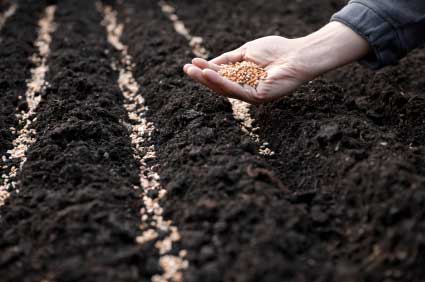
Sowing seeds. Photo: Byjus.com
Every industry has myths that seem true, but just don’t hold up under scrutiny. The seed industry is no exception. Busting these nine seed myths can aid farmers when it comes to 2022 seed decisions.
Well, not really, as recommended corn populations may differ among hybrids. This can skew price comparisons between hybrids.
Some corn hybrids, for example, require higher populations than others to maximize yield, says Justin Welch, Syngenta digital ag strategy, U.S. Seeds.
This can boost seed costs for those hybrids, such as those that require 36,000 plants per acre to maximize yield vs. others that maximize yield at 33,000 plants per acre. This difference would raise seed costs approximately 9% per acre. Thus, if seed costs were $100 per acre, this would raise the price to approximately $109 per acre.
Yield potential, though, can render this difference useless.
“Planting a hybrid requiring higher populations may result in a yield outcome that outweighs the extra $9 per acre investment,” says Welch.
Ever hear that expression, “soybeans don’t like wet feet”? That’s because early-season diseases such as Phytophthora root rot and Pythium root rot often thrive in cool and wet soils. This may cause a farmer to plant corn instead.
Still, don’t discount soybeans on these soils. Soybean breeders have stacked genetic resistance in varieties that help defend
against early-season diseases, says Travis Kriegshauser, Syngenta strategic soybean marketing manager – soybean traits.
Stacked resistance teamed with a fungicide seed treatment can give early- and late-season protection against disease.
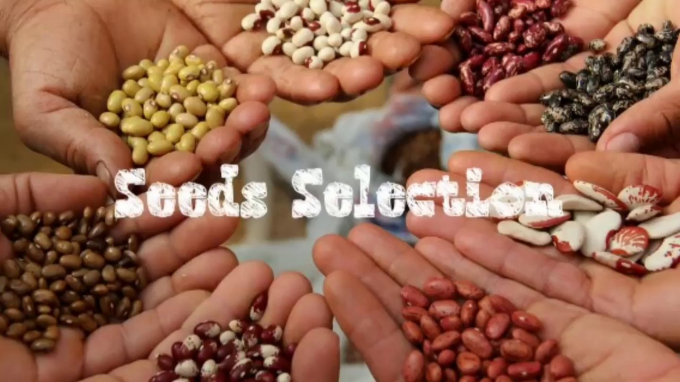
How to choose the best seeds for gardening? Photo: Getty
Not always, says Lance Tarochione, technical agronomist with DeKalb/Asgrow.
“Soybeans not planted until late May or later may not benefit from a seed treatment,” he says. “Where you see a big response is when planting soybeans early into cold and wet soils.”
Corn wrestles with diseases such as gray leaf spot and northern corn leaf blight. Fortunately, plenty of hybrids resist these fungal diseases.
Still, don’t always dismiss susceptible hybrids with high yield potential, says Tarochione. Yield-dragging defensive characteristics may handcuff a hybrid, he says.
“There are times when it pays to plant [susceptible] hybrids when disease potential is low,” he says. “Farmers can also apply a fungicide if a disease appears likely.”
No corn hybrid could withstand last year’s August 10 derecho. Still, hybrids exist that can withstand 50 to 60 mph winds better than others, says Tarochione.
“We also have a lot of hybrids with greensnap resistance,” says Tarochione. “Hybrids most prone to greensnap are those that grow quickly. If you don’t want greensnap, you should avoid certain hybrids.”
Due to the 2020 derecho, wind insurance sales in Tarochione’s area in central Illinois went through the roof in 2021. What about 2022?
“When something like that happens, it makes an impression on folks,” says Tarochione. “Then it doesn’t happen for 10 years and people forget. People tend to overreact.”
Just as in hybrid selection, past history is no guarantee of future performance. Weather is more wacky these days, and more derechos may be in the offing.
Still, Tarochione advises farmers to also consider past wind damage and weigh it against wind insurance premiums.
Rich garden-like soils have a way of making even the dodgiest hybrid look respectable. Subpar acres strip away this veneer.
“Some cheap hybrids that do well on good ground might be a disaster on tougher acres,” says Tarochione.
Conversely, farmers will not want to pay for those expensive bin-busters on poor ground.
“Typically, when growers look for hybrids on low-productivity acres, they are looking for less expensive seed,” says Tarochione. “The fact of the matter is that if you’re hoping for corn to make 120 bushels [per acre], you don’t have as much margin to work with as ground that makes 320-bushel [per acre] yields.”
Seed marketers sometimes position certain hybrids as being able to “flex.” This means ears grow larger with lower populations under optimal agronomic conditions. Meanwhile, the ears of “fixed” hybrids stay the same size.
Trouble is, there’s no such thing as fixed and flex hybrids.
Joe Lauer, a University of Wisconsin (UW) Extension agronomist, has compared hybrids touted as flex and compared them to ones marketed as fixed. “Oftentimes, these hybrids were totally opposite of what they were sold as,” says Lauer. “It’s a marketing point, and oftentimes people get lost in the weeds on that.
“Every ear produces around 1,000 ovules, but only 400 to 600 of them actually form kernels,” he says. “Thus, more than enough ovules exist on any ear to produce sufficient kernels.”
“There are still a lot of farmers who think seed size matters,” says Ryan White, head of Syngenta’s North America seed production and supply chain operations. “They will say, ‘I want flats,’ or ‘I want rounds.’ ”
Chill.
“At the end of the day, focus on genetics and traits,” says White. “Modern planters can plant nearly any seed size.”
Instead, the key to ensure trouble-free planting is seed uniformity within each bag or bulk unit, he adds.
“Each company has its own way to create uniformity within a bag,” he says. “This uniformity carries over to growers who want uniform and consistent stands. You want the crop coming out of the ground at the same time.”
“Rootworm populations increased in 2020, but not everywhere,” says Tarochione.
In some areas, the corn-soybean rotation still works well for controlling corn rootworm.
Two exceptions exist:
Extended diapause occurs when eggs laid by predominantly northern corn rootworm beetles remain dormant in soil for an extended time and hatch during a corn year.
The western corn rootworm variant occurs when females lay a portion of their eggs on neighboring soybean fields. These eggs then may hatch the following year and the resulting larvae can then feast on corn roots.
(SF)
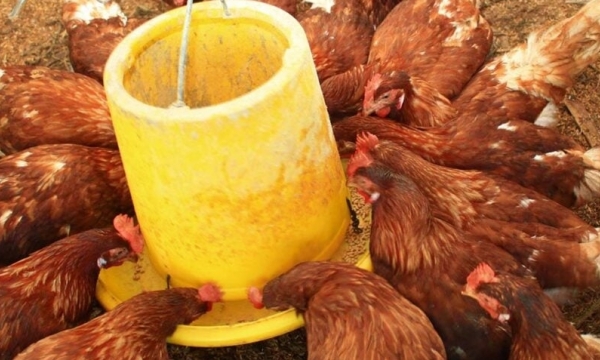
(VAN) RSPCA Assured has further extended its current pause on the introduction of new standards for laying hens, pausing its rollout for 9 months.
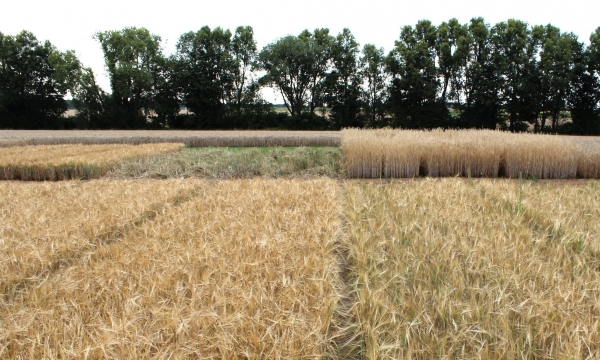
(VAN) Plants adapt genetically over time to the special conditions of organic farming. This has been demonstrated in a long-term study conducted at the University of Bonn.
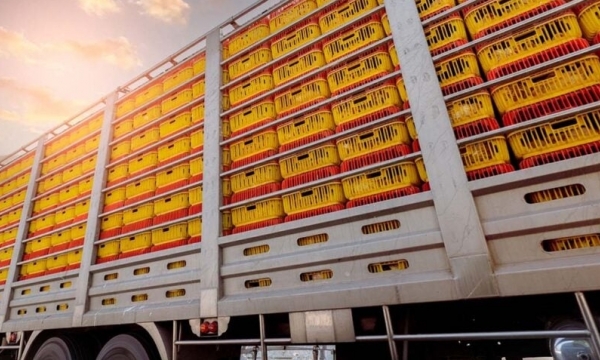
(VAN) Russia secured a spot among the top 3 largest poultry meat suppliers on the Chinese market in 2023.

(VAN) A string of unprecedented weather and climate events has struck multiple continents in recent weeks, killing hundreds and displacing many more.

(VAN) FAO Director-General urges peace and digitalization as central to achieving the SDG agenda.

(VAN) The European Commission has approved the acquisition of sole control of East Grain of Romania by Agrofert of Czechia.
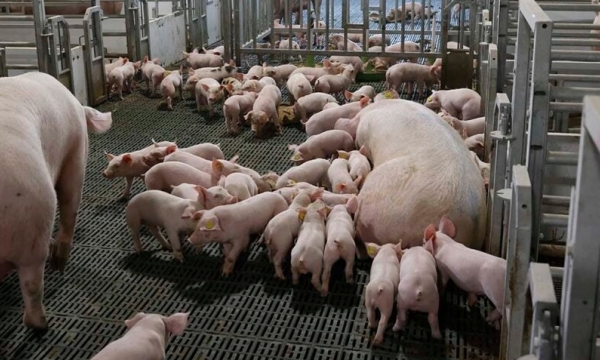
(VAN) In its quarterly outlook, Rabobank noticed a “pivotal shift” as sow herd numbers appear to stabilise after a phase of reductions.